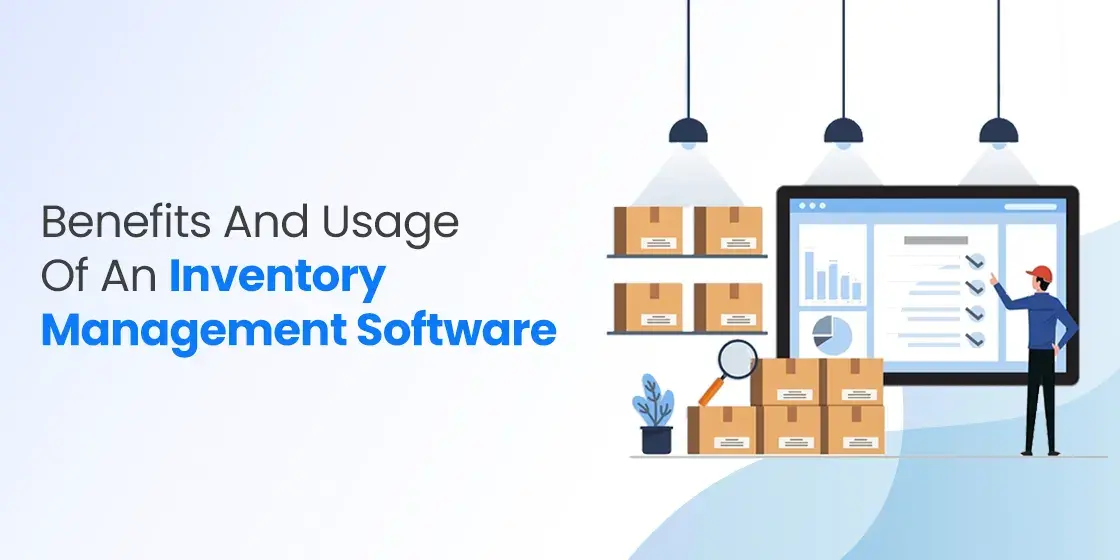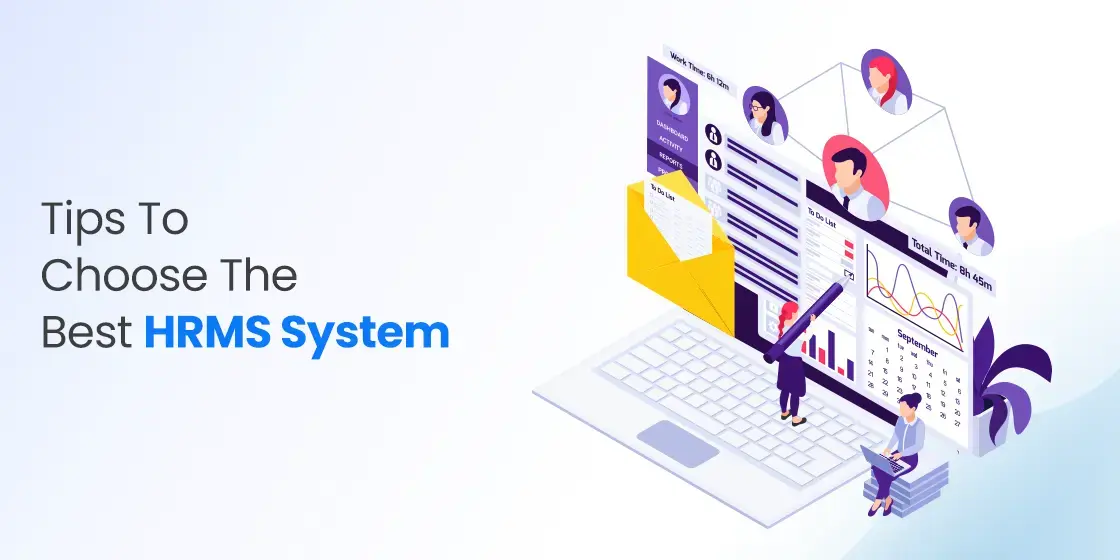Table of Content
Discover How Soft Launch and Hard Launch Differ in Software Development
Launching a new product or service can be an exciting but nerve-wracking experience. Whether it’s a new app, a physical product, or a marketing campaign, the launch strategy can significantly impact its success. Two primary launch strategies are commonly employed; soft launches and hard launches.
A soft launch is a controlled and gradual introduction of a product or service to a limited audience. It’s like a controlled experiment, allowing businesses to test the waters and gather valuable data before a full-scale launch. This approach minimizes risk and allows for adjustments based on initial feedback.
In contrast, a hard launch is a full-scale, all-out effort to introduce a product or service to the market. This involves a significant marketing push, widespread advertising, and a simultaneous rollout to a large target audience. Hard launches aim to generate immediate buzz and capture market share quickly.
So, with that basic concept in mind, what do you think about the merits of soft launch vs hard launch? Discover the core differences between the two terms, and learn why different custom software development services prefer one to the other.
Soft Launch – A Gradual and Controlled Approach

Let’s start with the first type mentioned above – soft launch in software development. A soft launch involves a phased rollout, typically to a smaller, targeted audience. This could include:
- Limited Geographic Release: Introducing the product in a specific region or city before expanding to a wider market.
- Early Access Programs: Providing early access to a select group of users, such as beta testers or loyal customers.
- Controlled Marketing: Implementing a limited marketing campaign to a specific segment of the target audience.
The primary goals of a soft launch are:
- Gather User Feedback: Collect valuable data on user behavior, preferences, and pain points.
- Identify and Fix Bugs: Identify and address any technical issues or usability problems before a full-scale launch.
- Test Marketing Strategies: Evaluate the effectiveness of marketing campaigns and make necessary adjustments.
- Minimize Risk: Reduce the risk of a full-scale launch by identifying and mitigating potential issues early on.
By gathering valuable feedback and making necessary adjustments during the soft launch phase, businesses can significantly improve the quality of their product or service and increase the chances of a successful full launch.
Hard Launch – A Full-Scale Market Entry

Comparatively, a hard launch is quite different in terms of implementation. A hard launch involves a significant investment of resources and aims to generate maximum impact. It typically involves:
- Widespread Marketing Campaigns: Utilizing various marketing channels, such as social media, paid advertising, public relations, and influencer marketing.
- Simultaneous Release: Introducing the product or service to the entire target market simultaneously.
- Strong Sales and Distribution Channels: Establishing robust sales and distribution channels to ensure widespread availability.
- Customer Support Infrastructure: Preparing a strong customer support infrastructure to handle a surge in inquiries and resolve customer issues.
The primary goals of a hard launch are:
- Generate Immediate Buzz: Create a strong initial impact and generate significant media attention.
- Capture Market Share: Quickly establish a strong market presence and gain a competitive advantage.
- Drive Sales and Revenue: Generate immediate sales and revenue to support future growth.
While hard launches can generate significant momentum, they also carry a higher risk of failure if not executed effectively.
Partner with our software development specialists to pioneer custom solutions that drive your business forward.
Request Your Solution
Pros and Cons of Soft Launch vs. Hard Launch
| Feature | Soft Launch | Hard Launch |
| Risk | Lower risk | Higher risk |
| Cost | Lower initial costs | Higher initial costs |
| Control | More control over the launch process | Less control over the initial response |
| Feedback | Valuable user feedback | Less opportunity for early feedback |
| Time | Longer time to market | Faster time to market |
| Impact | Gradual impact | Potentially greater initial impact |
Choosing the Right Launch Strategy

The choice between a soft launch and a hard launch depends on various factors, including:
- Product Type: Complex products may benefit from a soft launch to gather user feedback and refine the product before a full-scale release.
- Market Competition: A hard launch may be necessary to quickly gain market share in a competitive market.
- Budget and Resources: Hard launches typically require significant marketing and promotional budgets.
- Risk Tolerance: Businesses with a higher risk tolerance may be more inclined to opt for a hard launch.
Conclusion
Ultimately, the most effective launch strategy will depend on the specific needs and goals of the business. By carefully considering the pros and cons of each approach in soft launch vs hard launch, businesses can choose the launch strategy that maximizes their chances of success. In the end, your choice of software launch will affect the way your software fares in the market. Therefore, you need to carefully weigh the differences between the two terms accordingly.

Empower your digital journey with StruqtIO - Your dedicated partner for cutting-edge custom software development, innovation, and digital transformative solutions. Harness the power of technology to elevate your business and redefine your digital landscape today.


